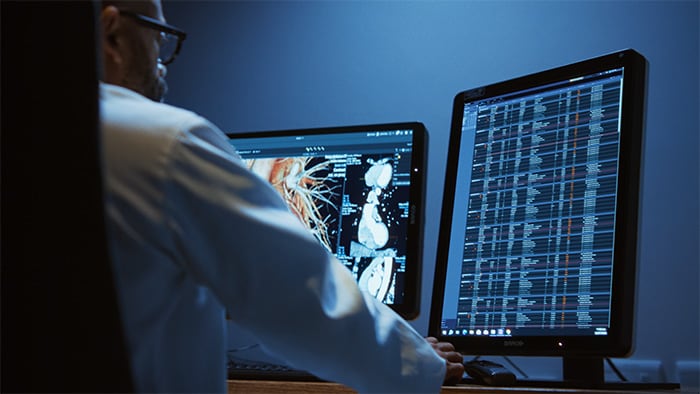10 healthcare technology trends for 2022
Jan 20, 2022 - Reading time 10-12 minutes
Moving into the third year of the pandemic, healthcare professionals around the world continue to face unrelenting workloads and acute staff shortages. Over time, the continued rise of chronic diseases, increasing healthcare costs, widening inequalities, and climate change will only add to the strain if we don’t urgently rethink how and where care is delivered. In the meantime, patient and consumer expectations of healthcare are changing. Future health systems will need to deliver care that is more accessible, scalable and equitable, while helping to preserve the health of the planet. These ten healthcare technology trends show how digital and sustainable innovation can help us get there.
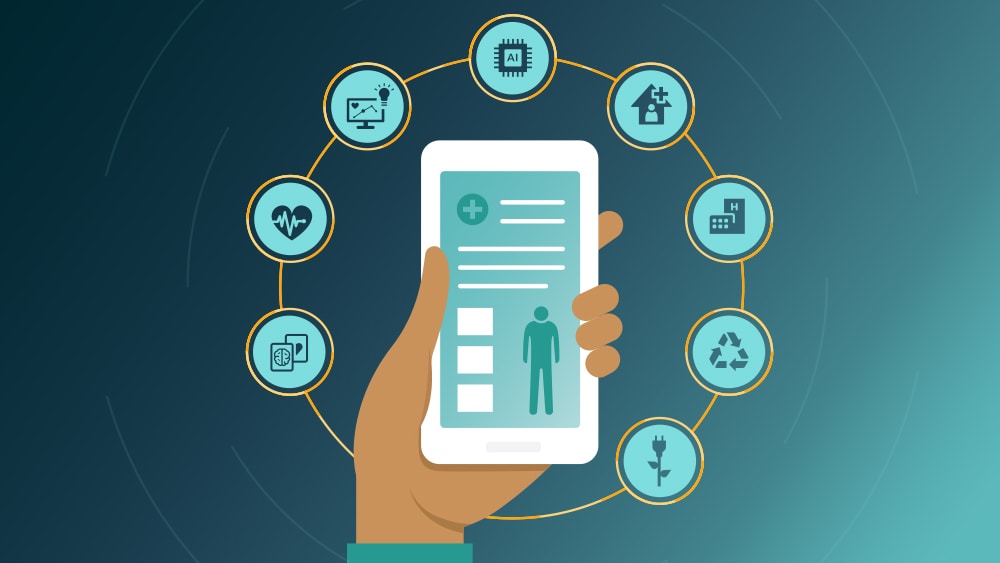
1. Freeing up focus for patient care by automating routine tasks with AI
One of the most pressing sources of stress and burnout in healthcare is that highly capable professionals spend an undue amount of time on routine tasks that pull their attention away from the patient. For example, in radiology departments, imaging staff say almost 25% of their work is inefficient and could be automated [1]. With the rise of AI in healthcare, we now have the tools to automate such tasks to relieve the burden on imaging technologists and free up focus for patient care. Especially in complex imaging modalities like CT and MR, AI-enabled technology can make it easier for technologists to plan and execute routine exams, helping them to get images first-time-right with enhanced confidence and precision. Similarly, we will see an increased use of AI-based automation in image-guided therapy, where physicians perform minimally invasive procedures on patients with heart disease or other conditions. Today, interventional physicians may spend up to two hours reporting on cases after a full day of treating patients. AI could help alleviate this workload by auto-logging different steps of the procedure – enabling physicians to give their full attention to providing patient care.
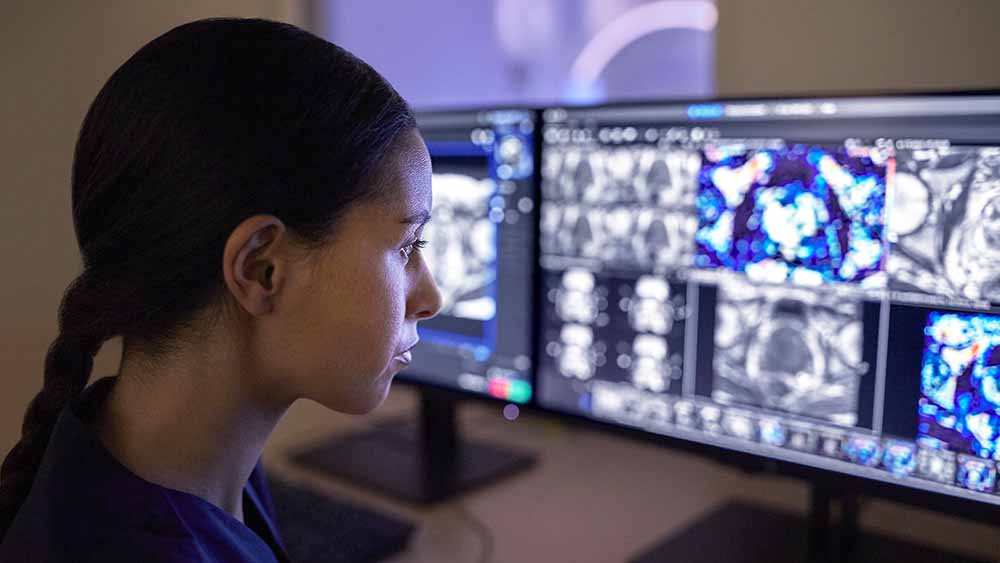
2. Improving access to care through virtual collaboration between providers
The use of virtual care has skyrocketed in the last year, with as many as 64% of global healthcare leaders saying they’re currently investing heavily in it. But while this healthcare technology trend is generally seen as impacting the patient-provider relationship, the rise of virtual collaboration between providers themselves offers equally promising opportunities. The accelerating adoption of tele-ICUs in acute care is a prime example. Led by an intensivist team in a central monitoring facility that acts similarly to an air traffic control center, a tele-ICU can extend critical care resources to the bedside, no matter where the hospital is. With time-critical data capture, these intensivists can be responsible for 50-1,500 remote ICU beds at a time, and quickly intervene should data trends reveal early signs of patient deterioration. As another example, innovations in medical imaging such as the Radiology Operations Command Center are giving expert imaging technologists the power to remotely train, guide, and assist less experienced or specialized colleagues in satellite locations. This can allow for over-the-shoulder support in real time, making specialist expertise more widely available across sites to ensure consistent image quality across sites while improving access to care. Ultimately, the power of virtual collaboration is threefold: it can make specialized care more accessible, it can make it more affordable, and it can improve consistency in the quality of care and reduced safety risks in times of COVID-19. Three big reasons why this healthcare technology trend is expected to grow significantly in the coming years.
Similarly, in ultrasound, using a live collaboration platform, experienced sonographers can remotely assist their local counterparts with exams, while colleagues can use the same platform to discuss patients’ medical status with them. Interventional physicians, who perform image-guided minimally invasive procedures, have also started to explore the use of virtual collaboration platforms to provide remote peer-to-peer guidance and education.
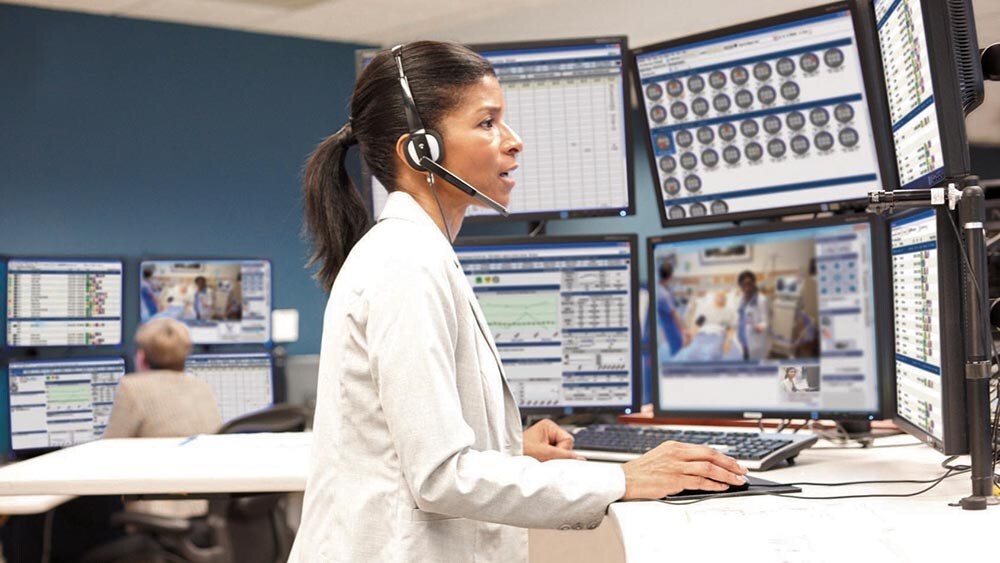
3. Connecting the hospital to the home with virtual care
Patients and consumers will continue to play increasingly active roles in their healthcare journeys. From wearables and health-tracking apps to pre-surgery health coaching and patient-reported outcomes, health technology innovations are enabling people to better engage with providers, access more care overall, and get the resources they need to stay informed while taking more preventative healthcare measures. At the same time, healthcare providers are increasingly turning to remote patient monitoring and virtual visits in order to maximize access to care, strengthen connections with at-risk populations, minimize the risk of COVID-19 transmission, provide more convenient experiences and reduce the strain on scarce hospital resources. This has given a new and urgent impetus to implementing digital health solutions at scale, with the telehealth market projected to grow by more than two thirds in the US this year alone. But while this healthcare technology trend is undoubtedly a positive step towards the dream of “anytime, anywhere” care, there’s still a long way to go. According to the World Bank and World Health Organization (WHO), half the world still lacks access to quality care, and without drastic action, the WHO estimates that 5 billion people will be unable to access healthcare by 2030. This is why it’s key that world-leading healthcare organizations continue to pioneer digital health technologies that bring care closer to patients and partner with local providers to keep improving access to quality healthcare for everyone, no matter where they live.
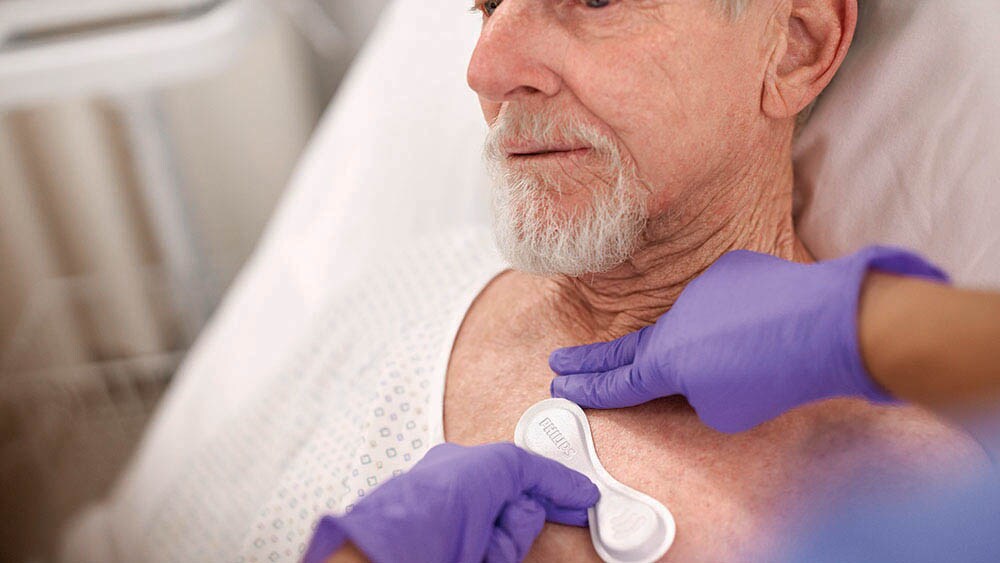
4. Offering more services at facilities closer to patients
Along with connecting care to patients in their homes, another healthcare technology trend enabling more equitable access to care is the move from hospital-centric to locally delivered care. Increasingly, patients who have traditionally had to travel long distances for state-of-the-art or specialized healthcare can access these technologies via smaller (and sometimes even mobile) healthcare facilities. Out-of-hospital settings like local diagnostic hubs, Virtual Care Stations, and even technology-equipped container structures can offer closer-to-home healthcare that’s especially vital for people living in rural and underserved communities. Primary care facilities and local clinics, through a combination of virtual specialist support and technologies such as ultrasound and X-ray imaging, can now function as remote hospitals, providing services such as ultrasound exams to pregnant women. Or, if a patient comes in with a broken wrist, a local practitioner can make an X-ray and immediately share it with a remote traumatologist, radiologist or emergency doctor for remote consultation – rather than requiring the patient to make a lengthy trip to a big-city hospital. Certain types of specialist treatment have also become more routine, giving rise to the growing trend of office-based labs and ambulatory surgery centers that offer patients access to potentially life-saving minimally invasive procedures closer to their communities. Delivering more technology-enabled health services at local facilities is a healthcare technology trend with the potential to radically transform care delivery and further increase patient access, not to mention reducing travel-related emissions. For example, in the near future, one can imagine nurses routinely performing ultrasound exams at retail or community centers, using a portable handheld device with support from a remote expert sonographer and AI algorithms that can extract basic information from the scan.
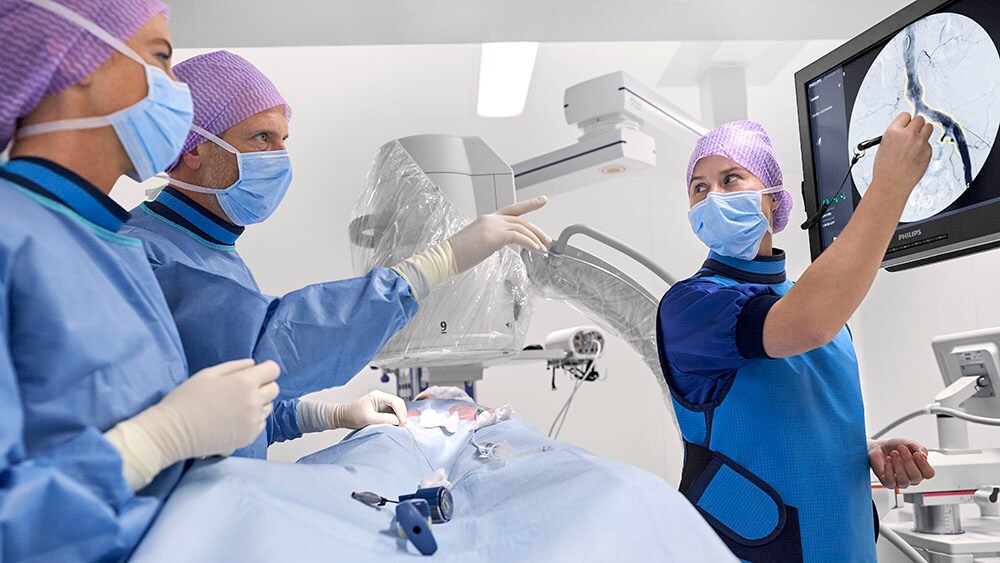
5. Integrating data to enable clinical collaboration and patient-centered care
More than ever, multidisciplinary care teams are struggling to connect and keep track of all relevant information pertaining to their patients – from a variety of subspecialty reports to information about patients’ current condition, demographic data, and health history. Deciding on the right therapy is equally complex, especially in areas like oncology where physicians and patients may face a bewildering number of choices. Enter integrated diagnostics: a rapidly evolving field where organizations have smart, connected systems in place that give them comprehensive and actionable insights into their patient populations by uniting imaging, monitoring, laboratory, genomics and longitudinal data. Multidisciplinary tumor boards are a great example of this healthcare technology trend. With integrated diagnostics solutions, care teams can now deliver comprehensive, patient-centric cancer care, uniting patient data from disparate sources in dashboards, thus facilitating collaborative diagnostics, treatment and follow-up decisions. But this doesn’t mean that decision-making in oncology will be fully automated in future. In fact, the goal of this healthcare technology trend is much less about replacing humans with automation, and more about supporting care teams with relevant, evidence-based guidance to inform shared decision-making with the patient, ensuring they make the choices that allow them to enjoy the best possible quality of life, close to their loved ones, for as long as possible. We see the same approach being taken in cardiology, where integrated diagnostics solutions, enhanced by smart algorithms and predictive analytics, are helping cardiology care teams to make faster clinical decisions by delivering relevant, actionable insights that help optimize patient care.
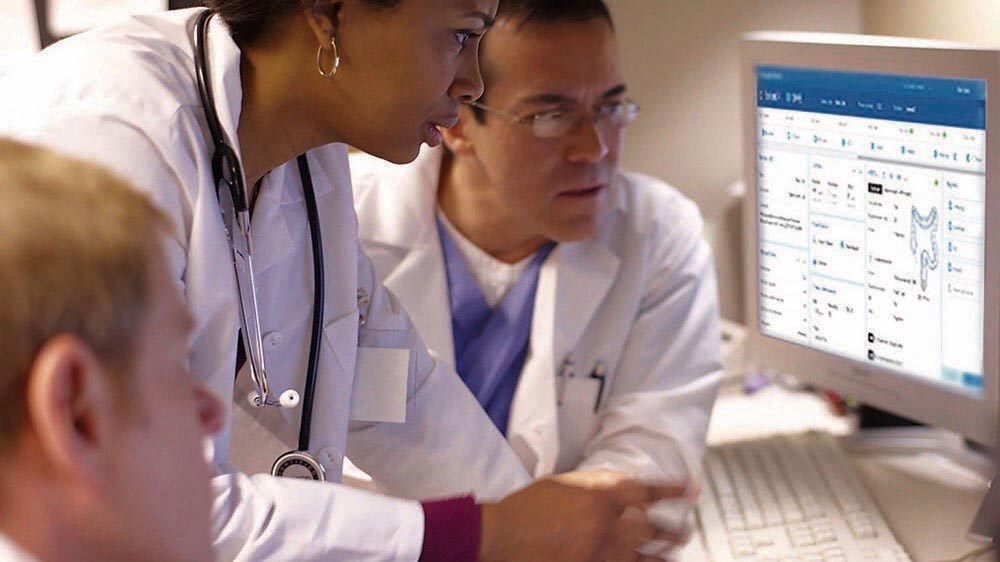
6. Using predictive analytics to proactively manage transitions of care
For hospital leaders faced with unexpected surges in patient demand, the ability to anticipate and adapt to rapidly changing circumstances has become more essential than ever. What if we could predict potential bottlenecks in patient flow in real time – and prevent them before they occur? Healthcare providers are increasingly sharing data in real time to visualize untapped capacity, to proactively facilitate transitions of care from one setting to the next, and to forecast and prepare for future demand. Using the power of AI and predictive analytics, we can now extract relevant insights on patient flow and patient care needs from vast amounts of real-time and historical hospital data, to predict capacity needs in the next 24 to 48 hours. After initial validation, the resulting algorithms can be updated on a regular basis to take recent trends and circumstances into account – offering clinical and operational teams the real-time, actionable insights they need to make timely and effective decisions. By embedding these data-driven practices into everyday management of patient flow, healthcare systems will be able to get the most out of precious resources and manage transitions of care more effectively across the patient journey, from hospital admission to discharge and back into the home – ensuring that the patient gets the right care in the right place at the right time.
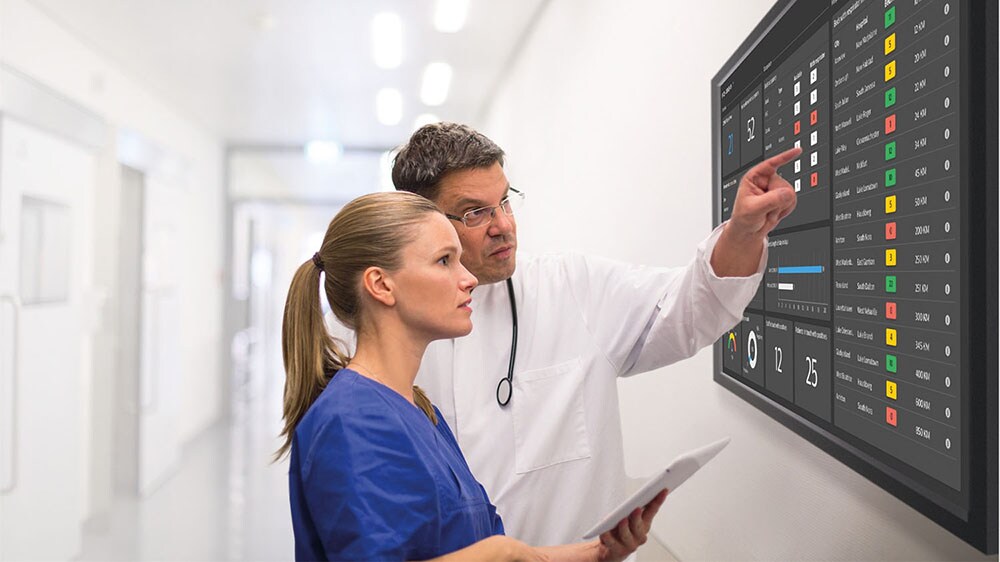
7. Increasing flexibility and circularity through service business models
With health systems under more pressure than ever to respond quickly to changing circumstances, adopt more flexible ways of working, capture more data across their operations and maintain a consistent level of service – without burning through their budgets – there’s now an urgent need for more efficient models of care delivery. This is why healthcare organizations are increasingly implementing 'as a service' business models. For example, many are turning to SaaS (Software as a Service), whereby cloud-based systems give physicians, staff and even patients the opportunity to access data remotely, share critical insights in real time and collaborate more effectively, for better care coordination. A huge benefit of this healthcare technology trend is that SaaS models generally require a lower initial investment, and give organizations the financial flexibility to ’pay as they go,’ leading to more predictable costs. Another key benefit of SaaS models is their overall energy efficiency — a great advantage at a time where we need to find more responsible ways of using energy and materials. When companies move to the cloud, their average server utilization can approach 65% compared with just ~15% on-premise. And while the PUE (Power Usage Effectiveness) of the average data center is 1.7, the cloud industry average is just 1.2. In short, this means fewer servers are required, and that any servers that are in use are consuming less energy. This is just one example of how circular, service-oriented models can reduce waste and carbon emissions.

8. Decarbonizing healthcare through renewable energy and efficiency
The healthcare sector is a major source of greenhouse gas emissions, accounting for over 4% of global CO₂ emissions [2]. Health leaders across the world recognize the health implications of climate change – and the industry’s responsibility to take action. Indeed, that’s why more and more health systems are applying green procurement criteria when sourcing new medical equipment. So how can we decarbonize healthcare, in line with a 1.5 °C global warming scenario? Thankfully, there are a host of options on the table. For instance, switching to circular ‘as a service’ business models such as Enterprise Monitoring as a Service. But the greatest scope for improvement lies in the transition to renewable energy, as well as in improving the lifetime energy efficiency of the devices and systems used in healthcare. Electricity consumption while in use accounts for the vast majority of these products’ total environmental impact. On a global level, it is primarily the combined effect of renewable energy and energy efficiency that will drive decarbonization. But we can only realize that energy-saving potential – and so create a sustainable and more resilient healthcare industry – through concerted action at country, sector and technology level. Time, then, to join forces, eliminate the roadblocks, and scale learnings.
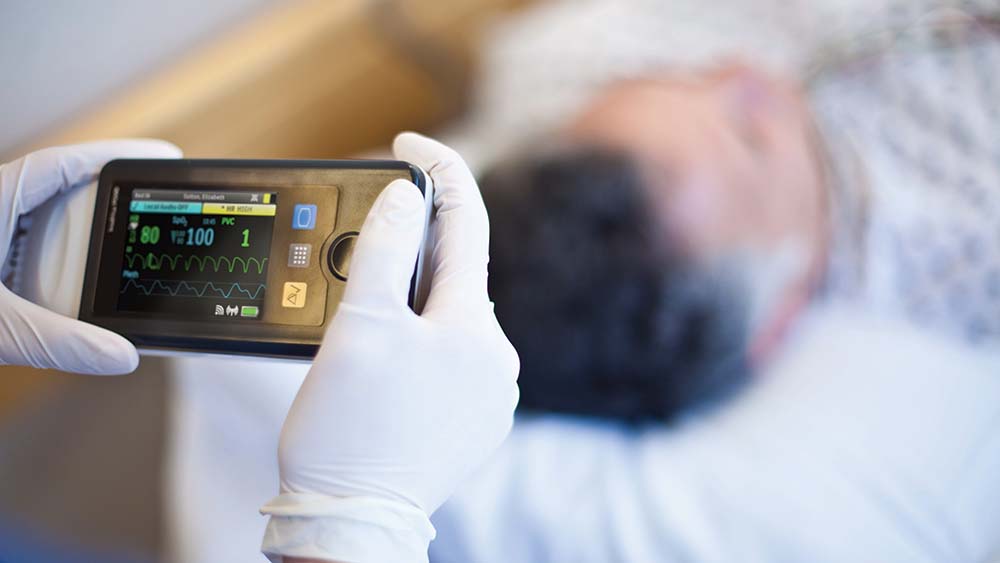
9. Helping health consumers make sustainable choices through eco-labeling
It’s not just healthcare providers who want to make sustainable choices when buying health technology, but also the growing number of consumers who care about their own health and the health of our planet. And yet, in the rapidly expanding world of e-commerce, it is not unusual for consumers – including those buying personal health devices – to buy the same product in two or three formats to try them out at home. According to Pitney Bowes, 51% of shoppers consciously overbuy online, knowing they’ll return the items they don’t want. But when it comes to returns, too often, somewhere in the chain, it ‘pays’ to destroy the product and avoid the costs of transport, storage, relabeling, etc., rather than going back to the source. So what can we do to reconcile these two, apparently contradictory, developments? One answer: highlight the environmental benefits of ‘rethinking returns’ through better-informed ordering. In Europe, we see more and more brands signing up to the EU’s Green Consumption Pledge to raise awareness of products’ environmental footprint. One way they can do this is through the adoption of eco-labeling that communicates, for example, how they are reducing the use of resources, materials and packaging. With the growing focus on health, both personal and planetary, sustainable choices offer brands the opportunity to engage – more closely than ever – with consumers keen to take positive action to leave a healthier planet for future generations.

10. Turning innovations and commitments into measurable outcomes
Ultimately, the success of each of these healthcare technology trends and sustainability commitments will depend on whether or not they translate into measurable outcomes. Being able to measure and report outcomes in granular detail is central to proving the value of healthcare services, helps providers compare treatment options, and reveals opportunities for improving or even redefining care. Crucially, providing granular outcome data is increasingly becoming a requirement for unlocking reimbursement pathways, as the healthcare industry transitions away from fee-for-service models and towards value-based care. As pressure mounts for healthcare companies to step up their actions to safeguard the health of people and the planet, there is an increased demand for proven results. This is why healthcare organizations are putting more resources into measuring not just clinical outcomes, but outcomes relating to social impact and environmental sustainability, too – such as proof of carbon-neutrality, or use of renewable energy sources. In the end, those solutions that deliver measurable outcomes for people and the planet will be the ones that win out.
Further reading on healthcare technology trends
Read more about these and other healthcare technology trends in the following articles:
References
[1] Radiology staff in focus (2019). https://www.philips.com/c-dam/b2bhc/master/Specialties/radiology/radiology-staff-in-focus/radiology-staff-in-focus.pdf
[2] Health Care Without Harm (2019). Healthcare’s climate footprint: How the health sector contributes to the global climate crisis and opportunities for action (p.22). https://noharm-global.org/documents/health-care-climate-footprint-report

